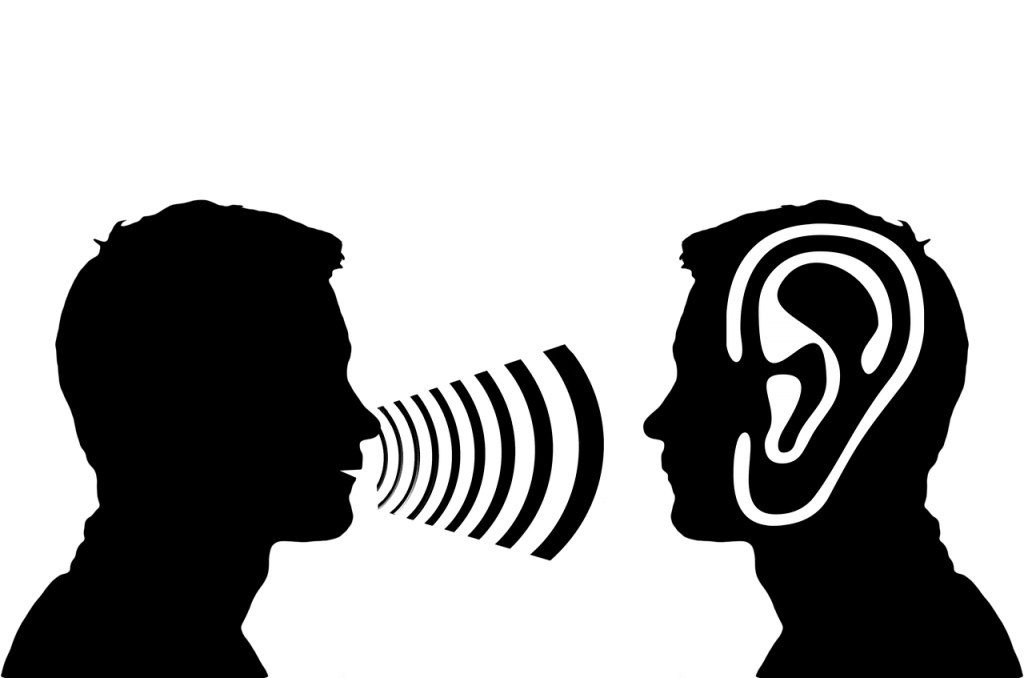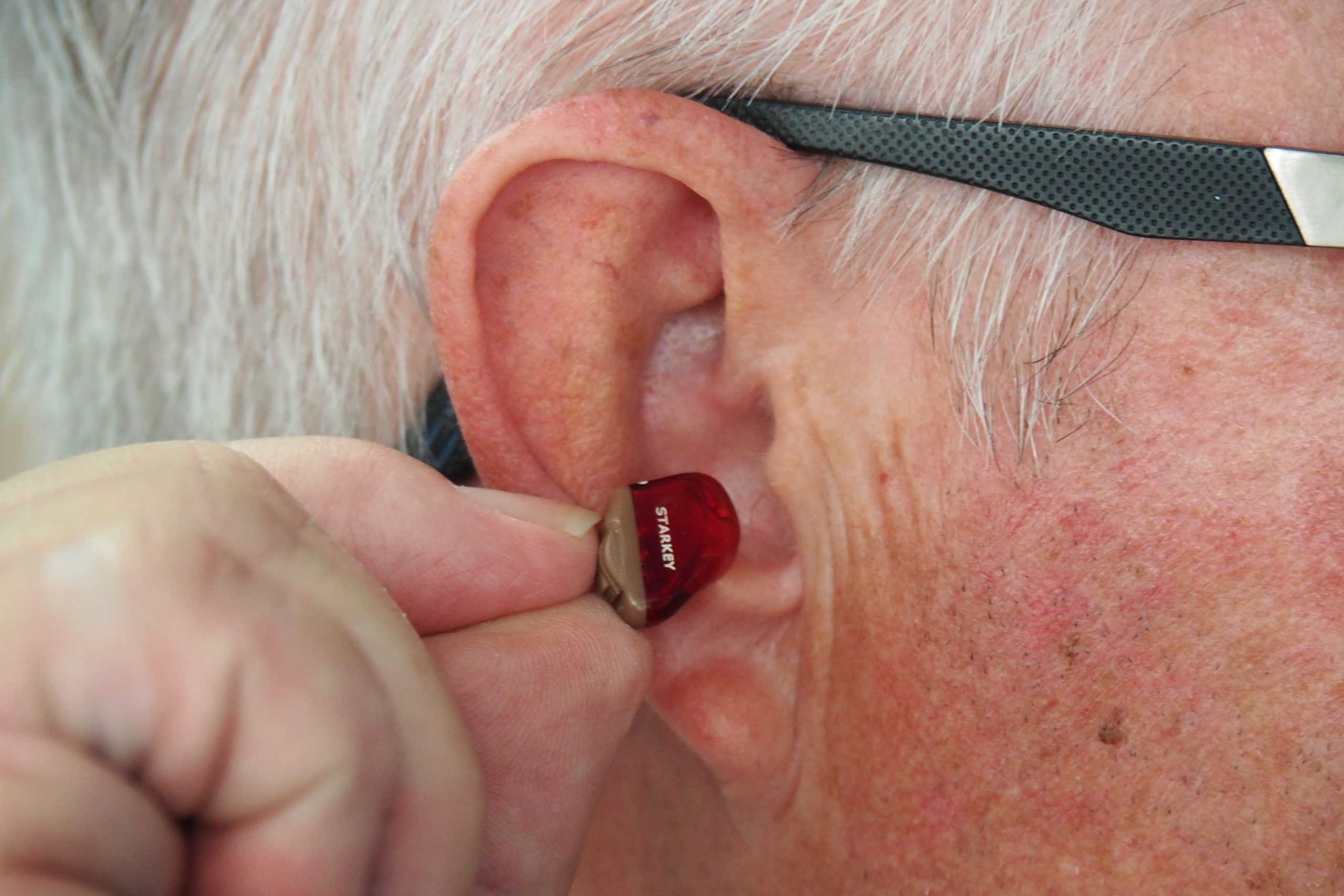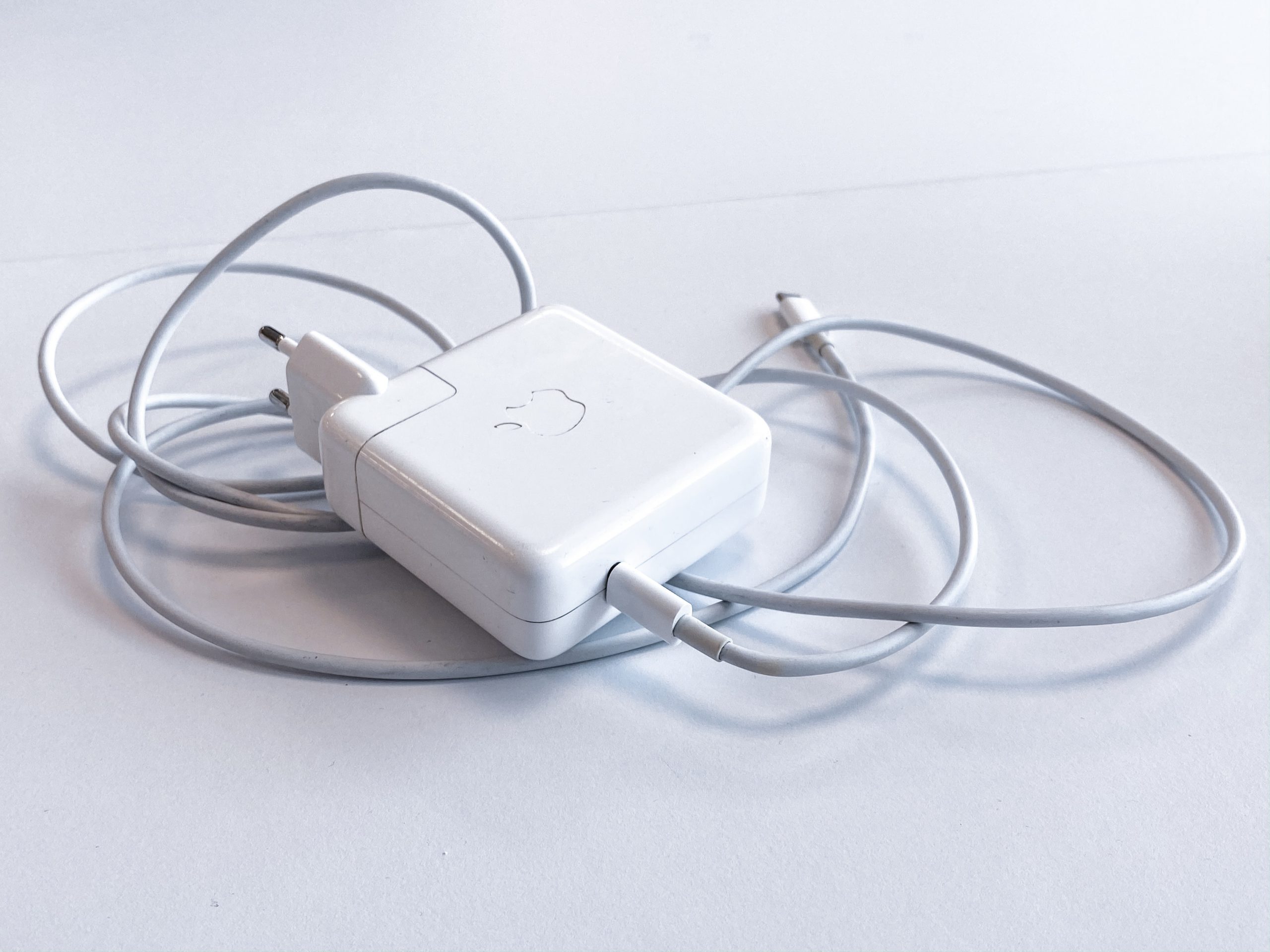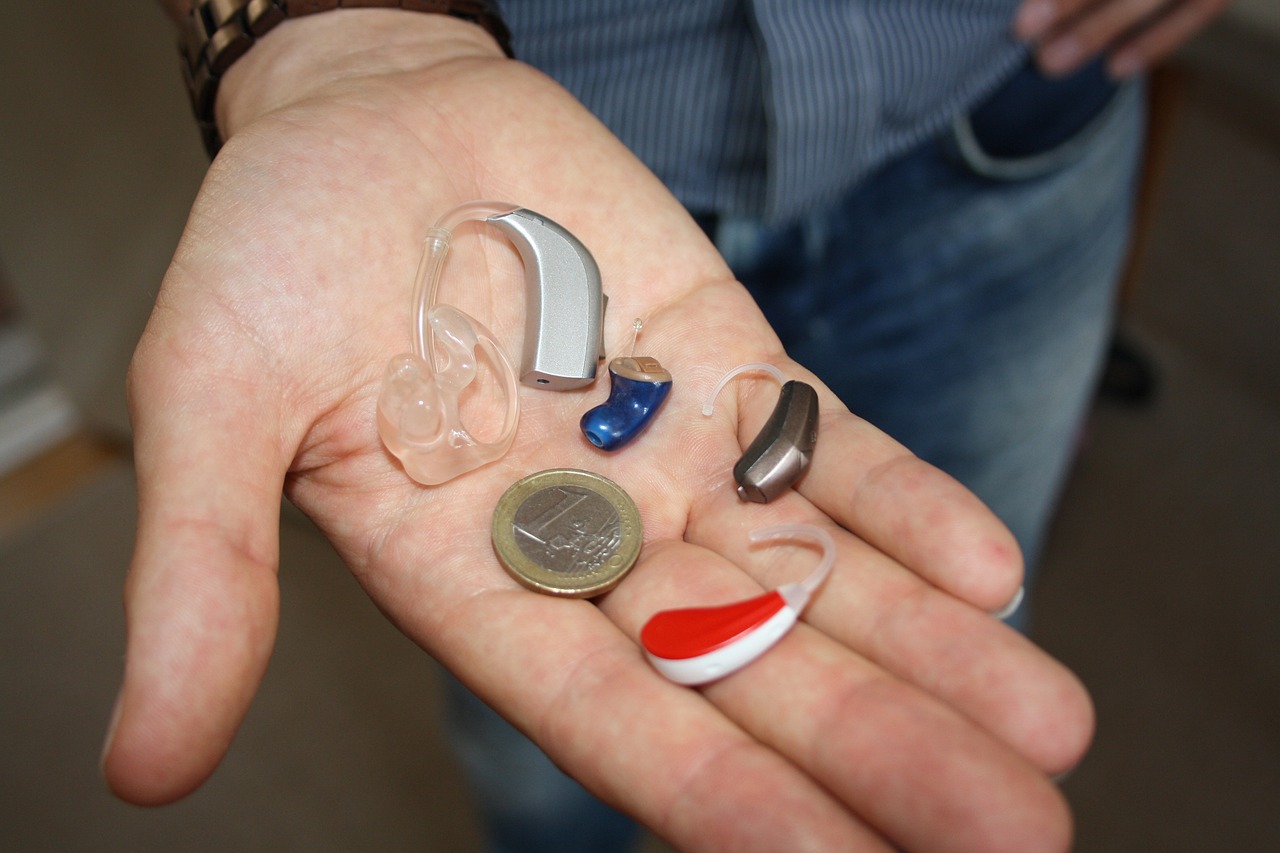
Depending on the individual, hearing loss is always different. Hearing loss can be of varying levels of severity and can affect either or both ear. In the United States, unilateral hearing loss (the term for single-sided deafness) affects 60,000 people every year. Luckily, there are hearing aids are designed to accommodate all of these variables! If you are struggling with particularly severe hearing loss in one ear, you should consider looking into a CROS hearing aid.
Contents
What Are CROS Hearing Aids Used For?
CROS hearing aids are great if you have one ear with normal or extremely good hearing but have lost hearing in the other ear. Specifically, if in one ear you have severe or profound unilateral hearing loss – also known as single sided deafness.
CROS hearing aids come in a pair and are made up of a conventional hearing aid that sits in the hearing ear, and a device that sits in the ear with no hearing. The device in the ear with no hearing picks up sound, and sends it to the hearing aid in the hearing ear.
This can happen wirelessly or through a wire around the back of your neck depending on your device.
You can get Behind-the-Ear (BTE) and In-the-Ear (ITE) versions.
You can also get a type of CROS that functions through bone conduction. A device is surgically implanted and the system works vibrations being sent through the bones of the ear canal to the ear with hearing loss.
What Are The Advantages?

The advantage of CROS hearing aids is that people with single-sided deafness can now “hear” sound from their bad side. When you’re having a conversation you don’t need to be as concerned with people speaking into your ‘good’ ear. This can make social interactions more natural and help you feel like your hearing impairment isn’t a big deal in your life.
They also enable you to be more aware of other noises around you in the same way that other hearing aids amplify sounds.
It’s worth keeping in mind that people with unilateral hearing loss often struggle with ‘localization’ or being able to pinpoint where a sound is coming from. This can sometimes remain a problem despite the use of these hearing aids, which can be frustrating (particularly in environments with lots of background noise).
These hearing aids might feel strange at first and take some time to get used to. It’s important to wear your hearing aids all the time or as much as possible to give your adjustment the best chance.
Are CROS Hearing Aids More Expensive Than Normal Hearing Aids?
Just like with other hearing aid types, the price of CROS hearing aids will depend on the brand, model, and technology of the product. Generally, expect them to cost you around $2,500 – $6,000, which is in the same region as ‘standard’ hearing aids.
Sometimes you can give hearing aids a trial run and if you don’t like them you can send them back to receive a refund. If you’re still unsure about CROS, ask your hearing health provider whether this might be possible.
CROS & BiCROS Hearing Aids
Although similar, BiCROS hearing aids a different type of device, and you should know the difference when shopping for one or the other. For more information, check out our BiCROS hearing aid article.
The information in this guide has been written using the following reliable sources:
https://www.hear.com, https://actiononhearingloss.org.uk, https://www.healthyhearing.com, https://www.nhs.uk








